No matter where you live in the world, travelling to Australia tends to be a big trip. It’s far away and you want your time there to be well spent. You’ll be hard-pressed to cram every cool sight of such an enormous country into the span of two weeks. But if you plan accordingly and keep to this guide, you can fit in all the incredible experiences this place has to offer in just 14 days.

Sydney – Day One
Congratulations — you’ve arrived in Australia! Most flights from North America arrive early in the morning. Sydney is usually people’s first stop since it is both the most notable city in the country as well as the cheapest one to fly into. The day of your arrival is a good chance to take it easy, but still, push yourself to move around and try to fight the jet lag. Drop off your stuff at the hotel or Airbnb, take a shower (an essential part of waking up after a long flight) and go for a relaxing walk or bike ride around the city. The best place to start off is at Circular Quay.
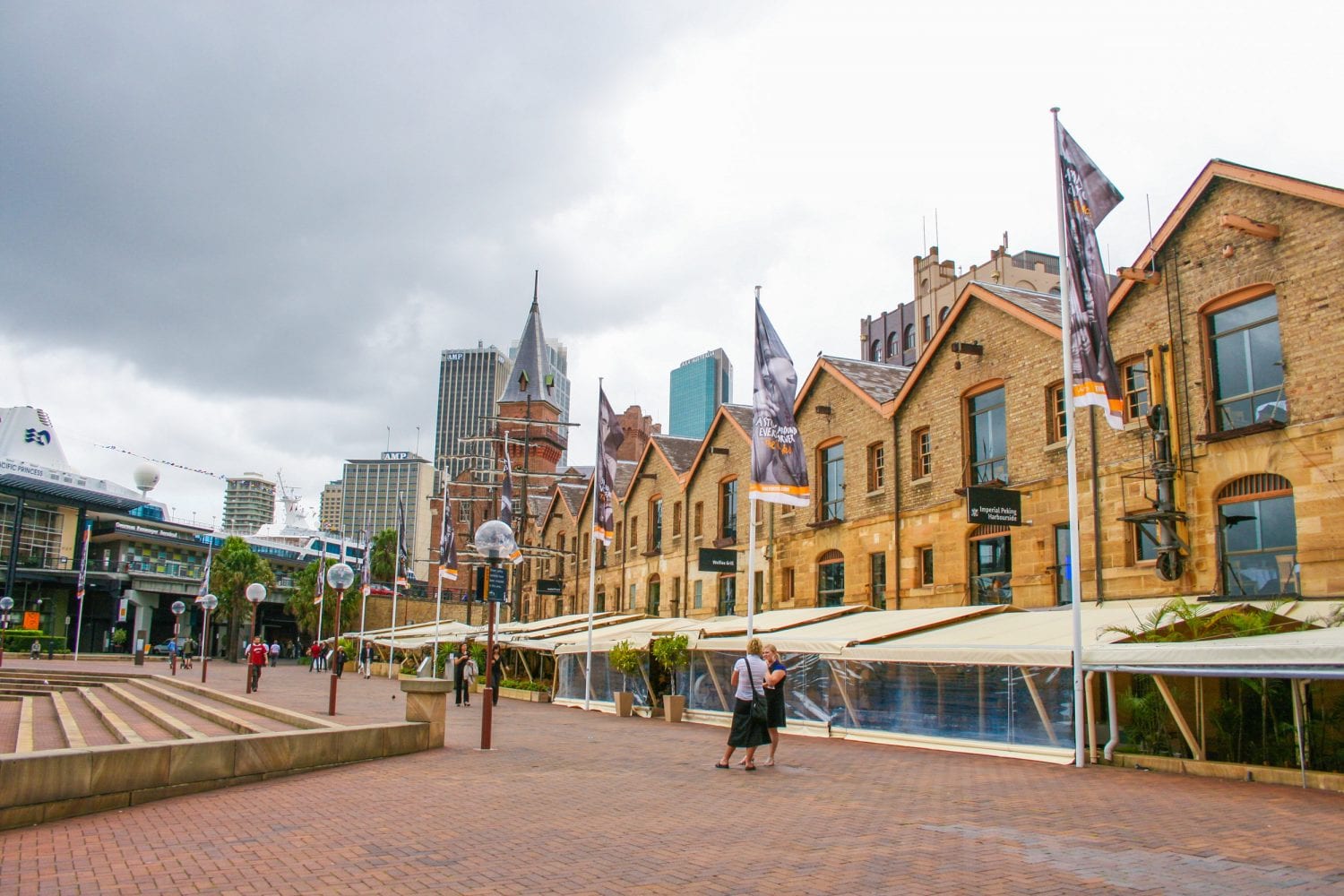
Circular Quay is the most picturesque harbour in Sydney. Nearby you’ll find the Sydney Opera House, historic waterfront shops, views of the Harbour Bridge, and lots of ferries puttering about. If you have the energy, jump on a boat and take a one-hour harbour tour. It will give you an idea of the size and scope of this great city.

Royal Botanic Garden Sydney
If you don’t feel like a ride on the water, opt for a stroll around the Royal Botanic Garden Sydney. Opened in 1816, it is considered the oldest scientific institution in Australia and one of the most important historic botanical institutions in the world. The gardens span 30 hectares along the water and are the perfect place to take in all the new Australian sites and sounds.
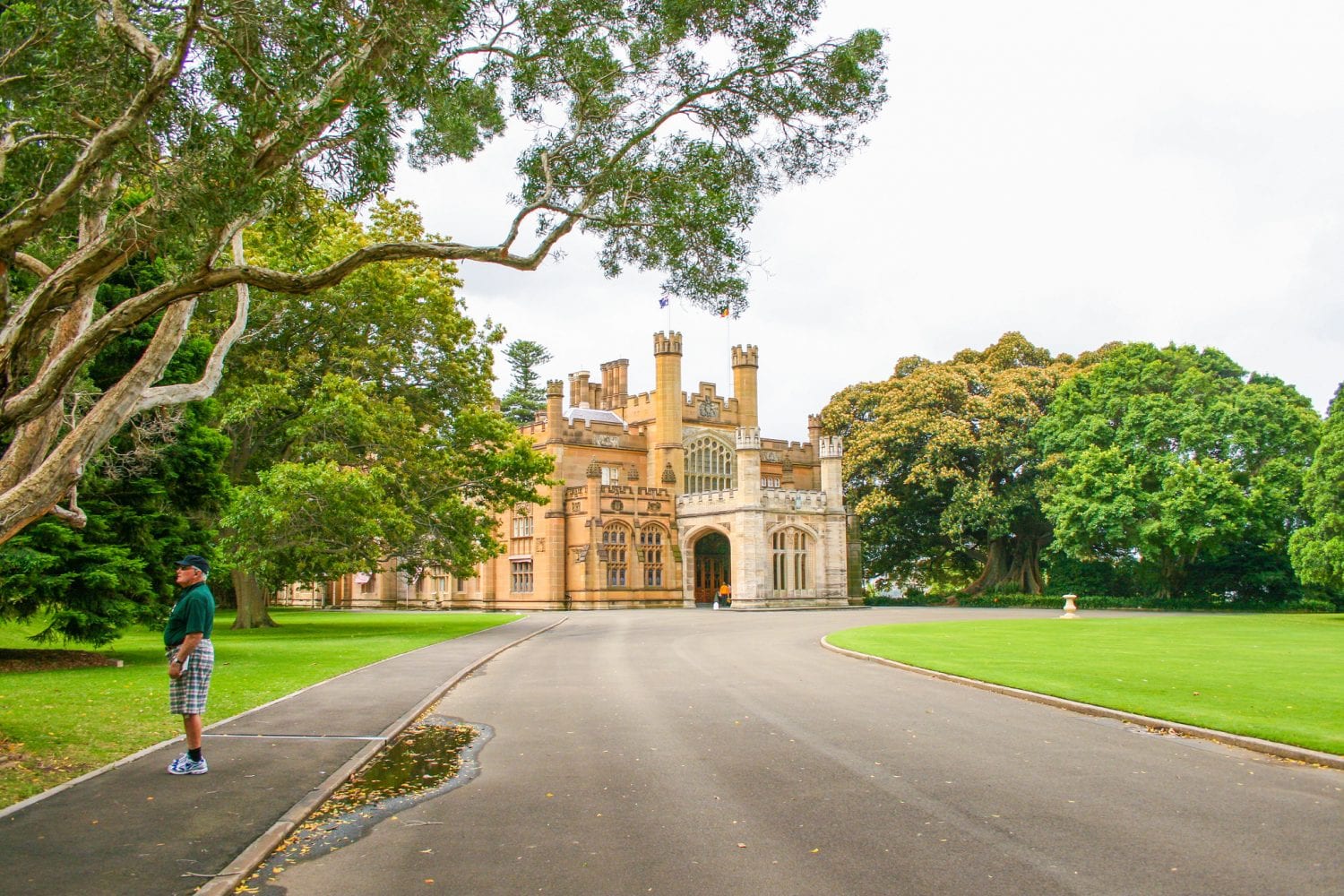
Another great way to get a highlight tour of Sydney is to rent a bike. I’ve heard that some light cycling is the best way to combat jet lag. Pick up a bike from one of the dozens of companies around Circular Quay and noodle around the city, exploring whatever catches your eye. Before you know it, you’ll need to call it a day. Try to push yourself to stay up as late as you can, but an early bedtime will give your body the rest it needs for a great second day in the city!
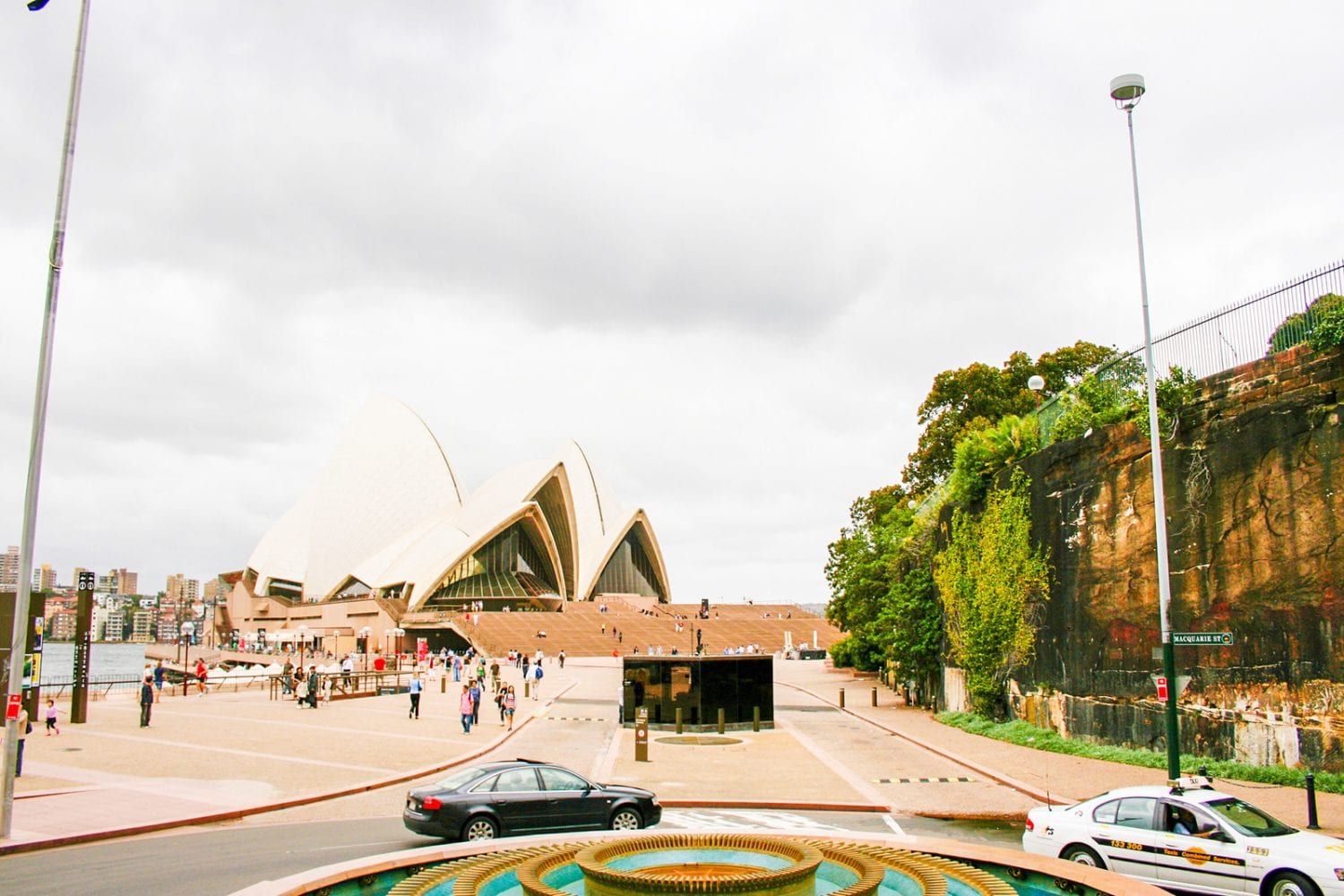
Sydney – Day Two
Start your morning off with a visit to the Sydney Fish Market. This spot has an excellent patio along the water and you can taste local oysters for only $1. Despite the low price, it’s some of the best seafood in the world. They have plenty of local specialities and the view is unbeatable. Going in the morning is ideal since it gets incredibly busy during the day.
Since it’s only your second day on the other side of the world, let’s try to take it easy. Take the Metro over to Bondi Beach. What better way to get acquainted with the Australian way of life than to relax on a beach? The morning is the best time to arrive since it’s not as hot and you can nab the best spot on the sand. Don’t miss a chance to swim in the ocean pools, as well as, you know, the actual ocean. If you’re feeling up for it, you can also take a surf lesson. Walk up to any of the surf shops along the opposite side of the water to get a spot in the next class. Day-of reservations are almost always available except during extremely busy season. Best to go when they first open to secure your booking.

After lounging on the beach and perhaps grabbing a quick bite to eat, take the Bondi to Coogee Boardwalk hike. It’s more of a walk than an intense hike, but easily one of the most scenic routes you can stroll in the city. Lasting approximately two to three hours (depending how many stops you make and how fast your pace), the path along the coastal boardwalk takes you through stunning ocean views, secret beaches, cliffside parks, the famous Waverly Cemetery, as well as various cafes and restaurants if you need a pit stop. At the end of the walk, Coogee beach is the perfect spot for a spectacular dinner with a view.
Sydney – Day Three
If you have kids or are interested in Australian flora and fauna, checking out the Taronga Zoo is a must. To get there, you can take the ferry across the water (which provides remarkable views of the harbour). It’s one of the most beautiful zoos in the world. The layout and design of the space is fabulous. Officially opened as a zoo in 1916, this spot still has much of its historical landscaping and architecture, making it feel like you’ve stepped back to when the English settlers first came to this sunburnt country. It’s a great opportunity to learn about the various animals in Australia — the good, the bad and the ugly.

Sydney Harbour Bridge
After the zoo, take a walk across the Sydney Harbor Bridge, an icon of the city. It is over 48 meters wide and 134 meters tall. There are two ways of getting across. The simplest and FREE way is simply to walk along it. While this might seem tedious, it is an excellent way to see the city on all sides and is notably less precarious. But if you’re brave enough (and don’t mind forking over $150) you can climb to the top of the bridge. In addition to the cardio workout, you will also be given a guide that will tell you all about the history of the bridge and Sydney itself. While my preference is to save the money, there are plenty who have loved this experience, so it’s really up to you!

If you still have some time and want to visit another beach, ride the ferry from Circular Quay to Manly Beach. It’s got golden sands and a refreshingly cool ocean breeze. This charming coastal town is ripe with trendy restaurants and cafes. A great place to shop if you’re looking for some Australian inspired fashions or a pair of Havaianas sandals (or as the Aussies say, “thongs”.)
Blue Mountains and Jenolan Caves – Day Four
The Blue Mountains are about 2 1/4 hours away from the centre of Sydney, but well worth the trek. You can take the train out to Katoomba Station or rent a car for the day. The range is comprised of various mountains, plateaux, and escarpments. The most iconic formation is the ‘Three Sisters’ which towers over the lush, green Jamison Valley. Take time to walk along the lookout and then head down the stairs to hike along the basin. You’ll see some of the most beautiful waterfalls that provide the much-needed water to keep those trees so green!
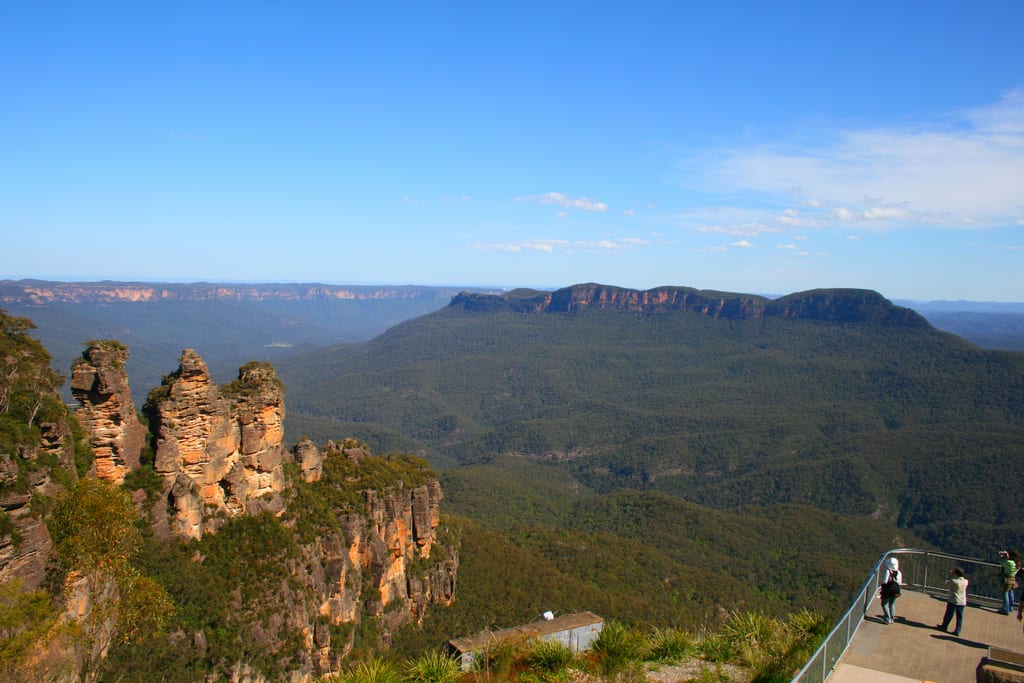
After grabbing something to eat in Katoomba, head over to the Jenolan Caves. Made of limestone, these are considered the most ancient discovered open caves in the world. The calcite formations inside are one of the biggest draws. They can be bright white and look almost like marble carvings. One is shaped like the closed wing of an angel (incredible to see such a thing formed by nature). During your guided tour, the calcite structures are artistically lit up to accentuate their beauty. In the middle of the caves, your guide will turn off all the lights for one minute so you can appreciate the overwhelming silence and darkness which naturally kept all these shapes hidden for generations.
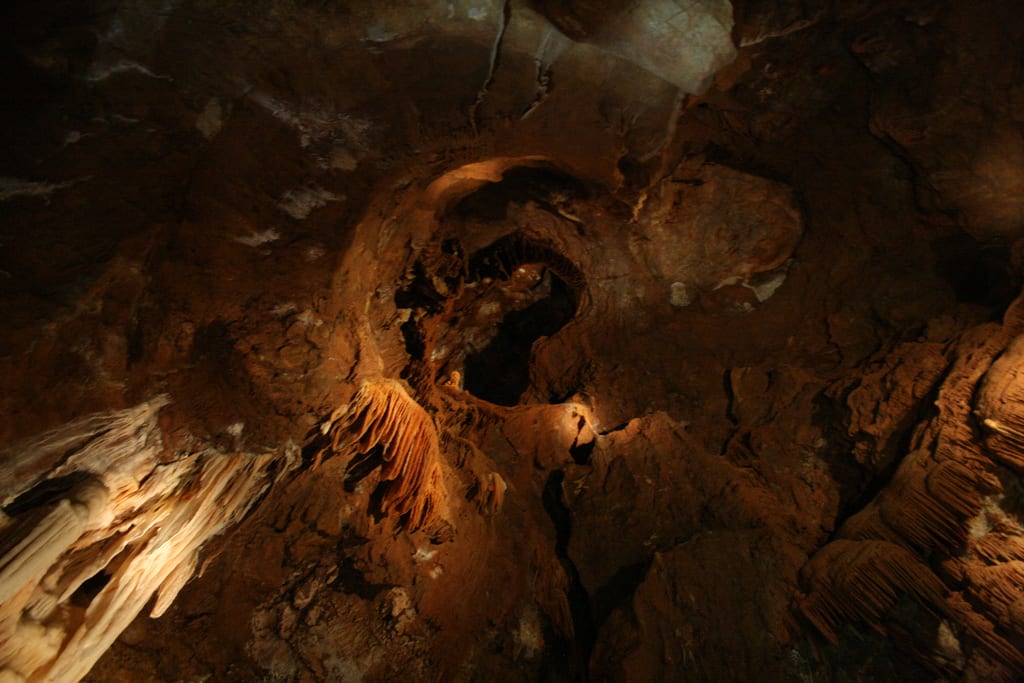
The Hunter Vallery – Day Five
The Hunter Valley is known for its award-winning wineries and quiet countryside atmosphere. It’s only a two-hour drive north of Sydney, so you can rent a car and make a day of it! There are hundreds of wineries to visit and really, it doesn’t matter which ones you try. They each have their speciality. Unless you’re a sommelier, you’ll have a great experience wherever you go.
Audrey Wilkinson Winery is known for being the most picturesque winery in the valley. Brokenwood Winery is a must for chardonnay lovers. Krinklewood Biodynamic Vineyard has one of the most exquisite gardens and an ancient cellar. Meerea Park Wines has a unique sandstone tasting cottage and unusually spicy reds. If you’re feeling indulgent and want to stay overnight, many of the wineries feature accommodations and luxury spas.
Fraser Island – Day Six and Seven
It’s time to say goodbye to New South Whales and head up north to Queensland. Fly out to the small, seaside town of Hervey Bay. From here you can rent a 4×4 and catch the ferry over to Fraser Island. Before you leave, be sure to stop by a grocery store and stock up on food and drinks for your camping adventure on the island. There are a few restaurants on Fraser, but they are either mediocre or somewhat costly. Plus having the freedom to eat anywhere your heart guides you is part of the fun! On the Ferry ride over, be sure to keep your eye out for whales since many can be spotted on this stretch of water.

K’gari (the aboriginal word for Fraser Island) is the largest sand island in the world! Yes, that’s right, the entire island is made of sand. But unlike what you might expect, it is incredibly lush! The island is filled with rainforests, eucalyptus woodland, mangrove forests, peat swamps, dunes, and green shrublands.

Accomodation on Fraser Island
On Fraser Island, you can book pre-assembled tents so you won’t have to rent or buy camping equipment. Sunset and sunrise are unreal, so planning a meal on the beach around that time is fantastic. They talk about the island having dingos aplenty, but no one I knew ever saw one. There are spiders though, so be sure to check your shoes before putting them on! Despite its natural beauty, many people don’t make it out here. At times you feel like you have the entire place to yourself. Your own private island.
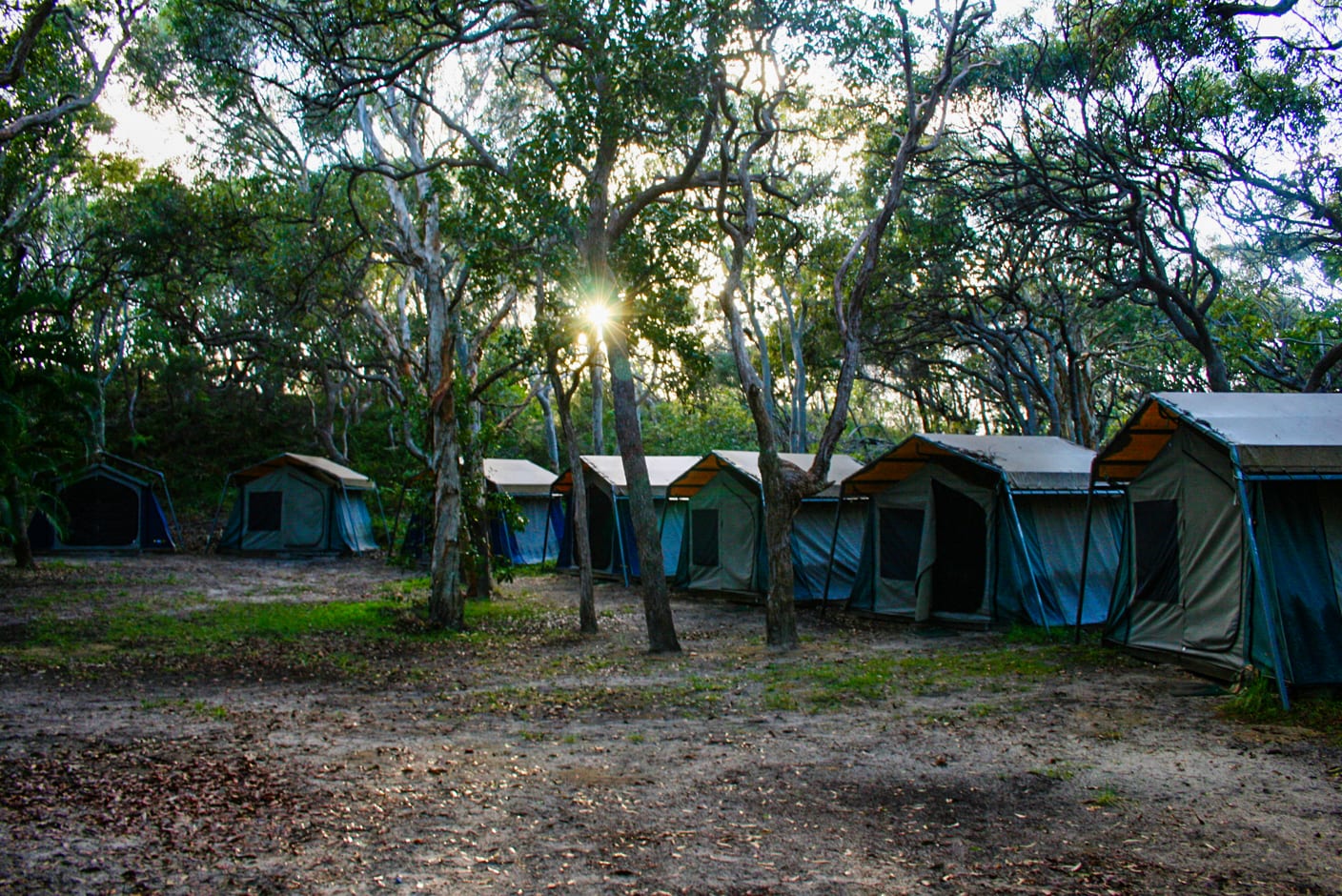
Spend your days visiting the Maheno shipwreck site, swimming in the champagne pools, hiking the sands to picturesque Lake McKenzie, fishing along the Seventy-Five Mile Beach, and floating down Eli Creek, the island’s natural lazy river.

Townsville/Magnetic Island – Day Eight and Nine
Try to head out early in the morning and catch a short flight from Fraser Island up to Townsville. Many people opt to visit the famous city of Cairns, but I prefer Magnetic Island. It gives you that small town/island experience. Take the ferry from Townsville over to the island where you can stay at one of the world’s best hostels or some impressive Airbnb’s.

While on Magnetic Island, you can visit a koala sanctuary and have brunch alongside these pretty creatures. You can also opt for a hike up to visit the old WWII forts. Check out the Arthur Bay Lookout trail where you can see wild koalas along the path. Horses make their home here and you can book a tour here which will take you into the waters on horseback. A unique and thrilling experience.

Visiting the Great Barrier Reef
You can also catch a boat from the Magnetic Bay harbour. It will take you two hours out into the ocean to go scuba diving or snorkelling and see the most amazing fish and coral reef. Queensland is where the reef is the most stunning. I got hugely seasick on the ocean waters, but even despite that, the snorkelling was one of the best experiences in my life. If you are afraid of being that far out in the ocean, you can always just snorkel off the beach on one of Magnetic Island’s many offshore reefs. The fish aren’t as big and the coral not as bright, but it’s still an incredible experience.

While on the island, there are these little “cars” that you can rent. There’s a local bus that can get you around just fine, but it isn’t super frequent, so these open roof cars are a great option and fun to drive. They can help you get out to the remote spots much faster than the bus.

Daintree National Park – Day Ten
Whether you’re staying on Magnetic Island or in Cairns, make a point to take a day trip out to visit the Daintree Rainforest. It’s a bit of a trek to get out there, but well worth the travel time. You can either rent a car for the day or join one of the many tour buses which leave daily from Cairns. The Daintree rainforest is a national park and is part of the Wet Tropics of Queensland. You can visit the Mossman Gorge amd take a refreshing swim in the waterfall basin. There is also a retro cable ferry which will take you over the oldest parts of the rainforest. If you’d rather keep your feet on the ground, opt to take a stroll along the boardwalk to see if you can spot native wildlife relaxing in the treetops.
Melbourne – Day Eleven
Fly from Cairns back down to Melbourne to see the state of Victoria. The reason I suggest doing this is that you’re much closer to Syndey (most likely your return airport) on the tail end of your trip. Melbourne is a bustling city and a great contrast to the laid back living on Magnetic Island. The best way to see Melbourne is by bike. You can explore so much of the city in a short period. The architecture in the city ranges from old world to neo-modern, changing at every corner. The most impressive building is the golden yellow Flinders Street Ballroom.

Melbourne Street Art
Be sure to wind your way down side alleys and hidden corners to check out the impressive street art that Melbourne is well-known for. Great food is plentiful here and if you’re sick of camp grub, now is your chance to make a reservation at one of Australia’s top restaurants for an unforgettable culinary experience.

Victoria, The Great Ocean Road – Day Twelve, Thirteen, and Fourteen
After a day of city living, it’s time to hit the road one final time. This time to travel to the Great Ocean Road. You can easily do it on a one or two-day bus tour from the city which is relaxed and carefree. While the bus is the simplest way of seeing the Great Ocean Road, it is not the most personal. You can feel like cattle being shipped on and off the vehicle with the rest of the herd. I would opt for renting a car or campervan (a popular option) and driving it yourself. You can choose the pace, the destinations and, best of all, stay at some of the most picturesque campsites in the entire world. Most driving routes recommend 72 hours which I think is a good estimate to fit everything in without running yourself into the ground.

Twelve Apostles
You’ll drive to see the iconic Twelve Apostles, a collection of limestone stacks off the shore of the Port Campbell National Park. Stop off at a Kangaroo preserve to feed the big and little fellas. Make a point to take a walk into Mait’s Rest rainforest. If you have kids or love animals, stop off at The Nobbies on Phillip Islandwhere you can see hundreds of tiny penguins. This breed of penguins can only be found in Australia. The little critters have made homes along Phillip Island where you can see them hopping in and out as they bring food in from the ocean.

Sitting on the edge of Victoria’s limestone cliffs at sunset is the perfect way to spend one of your last nights in Australia. Time to reflect on your favourite moments, your most memorable culinary treats, and those one-of-a-kind experiences you’ll talk about for years to come.
This itinerary is a great way to get you started. Feel free to customise it based on your travel wishes. The overwhelming size of the country often makes people feel just as overwhelmed in the planning, so it’s nice to have a starting point. Wherever you go and whatever you do, you’re bound to have one of the greatest times of your life. Don’t stress about missing out or not making it to a particular place. Leaving something behind just means more of a reason to return. 🙂
Share your favourite Australian destinations with me!




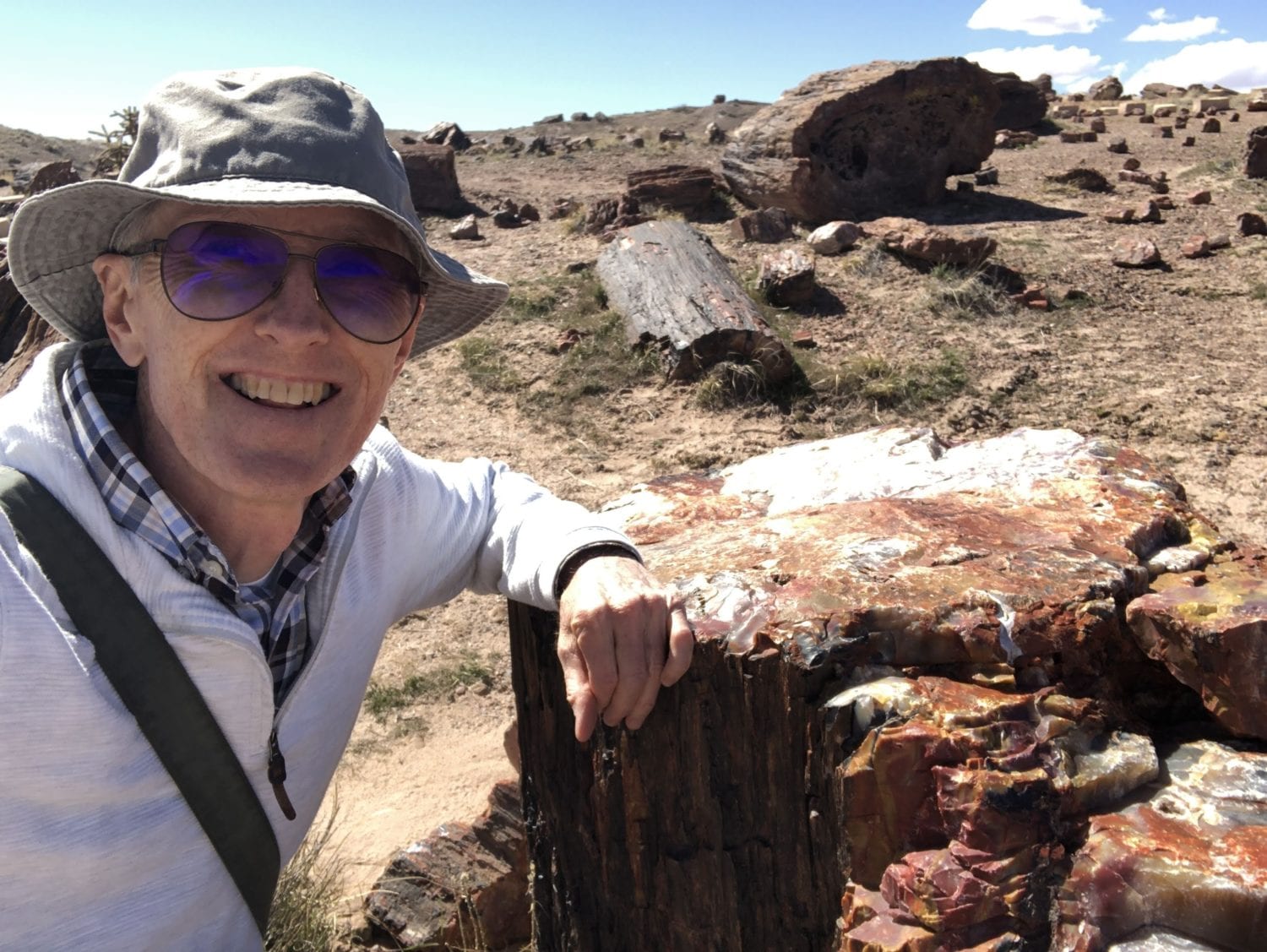

1 COMMENT
rosanngoa450@gmail.com
7 years agoI was in Brisbane, and I love this post and comment section sooo much! It’s just lovely to hear travelers saying how much they love Australia.